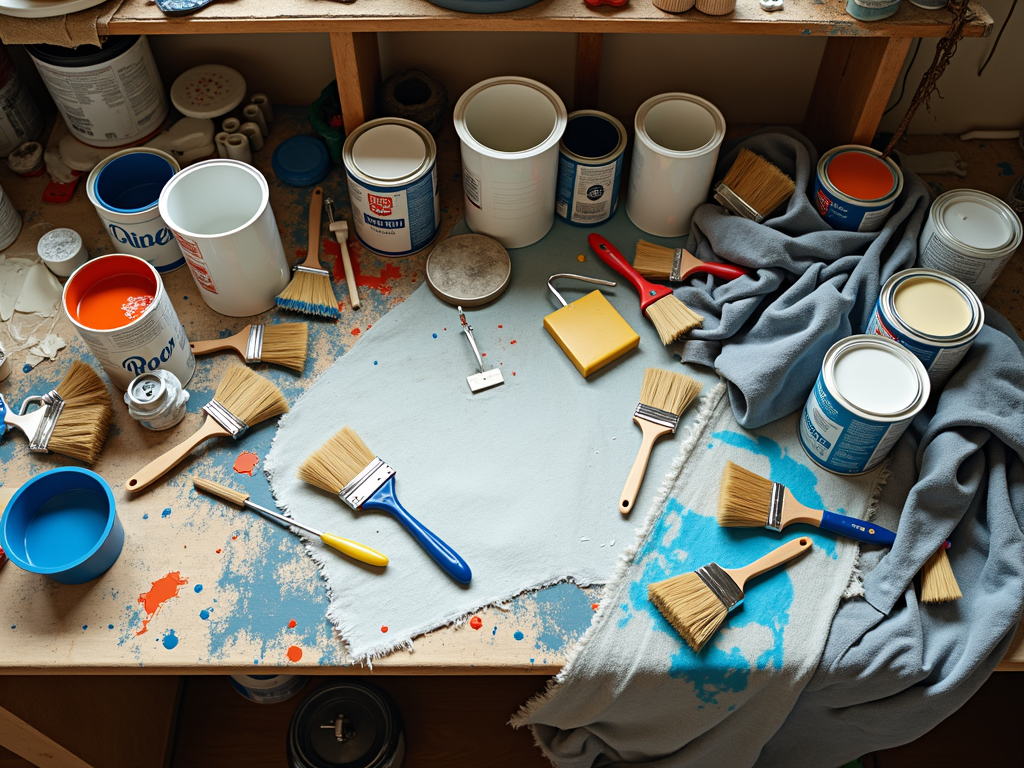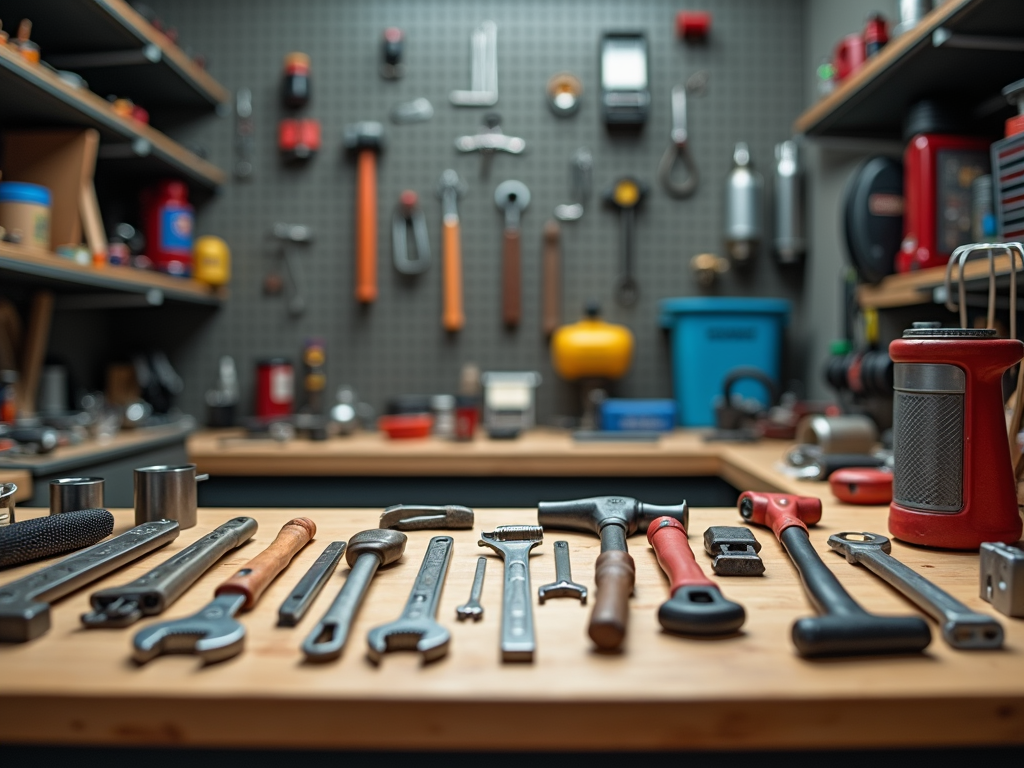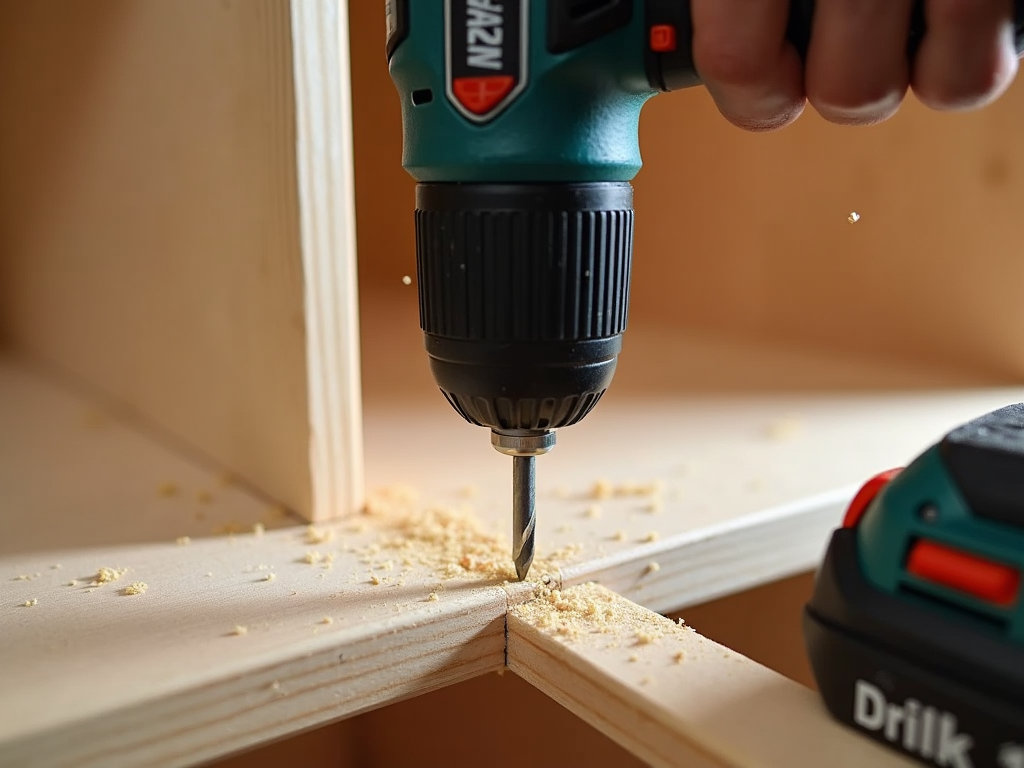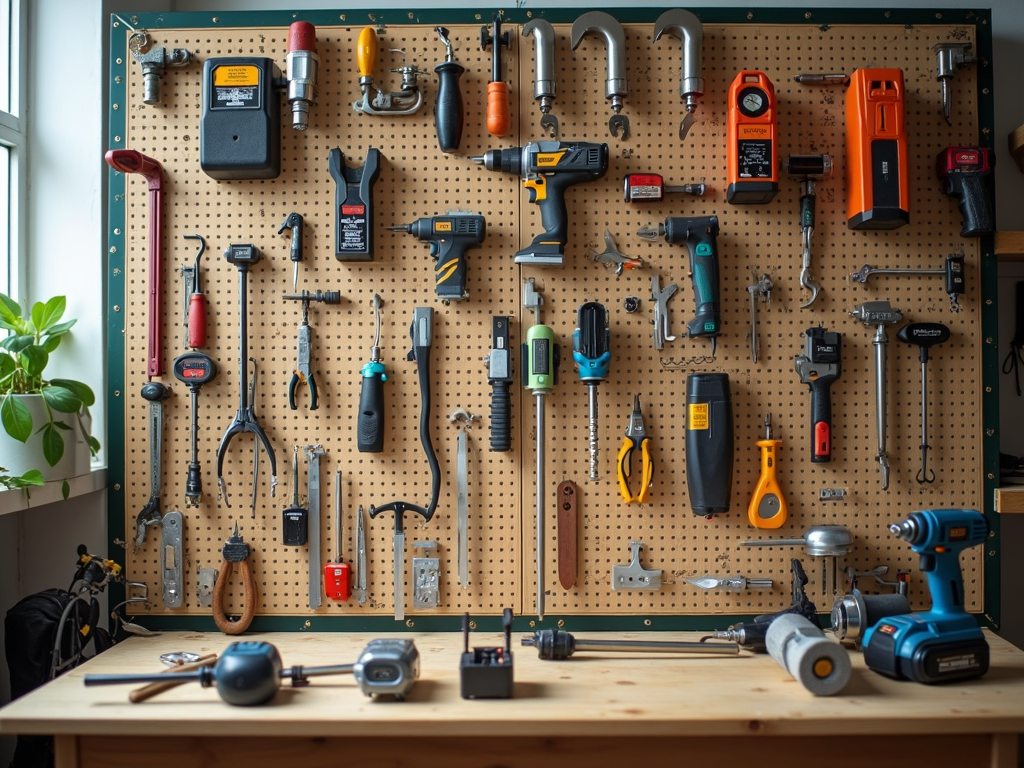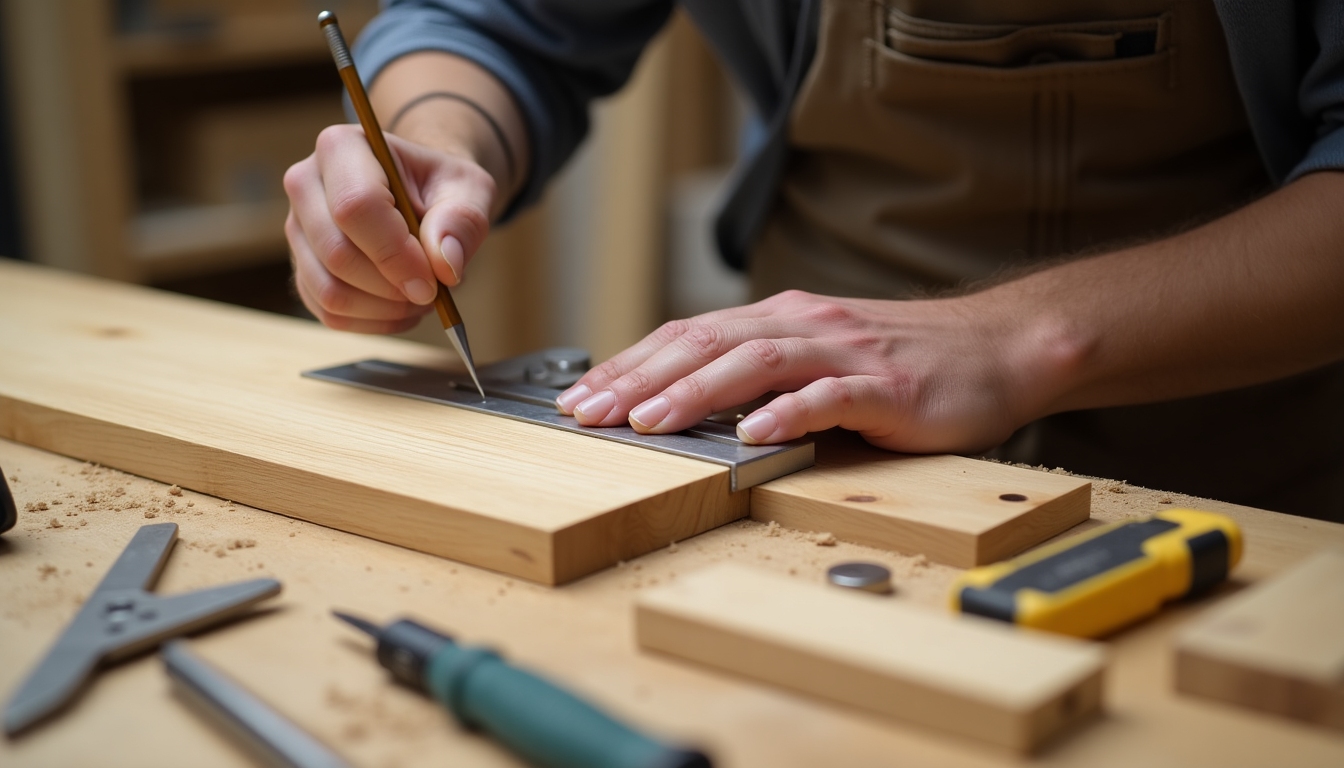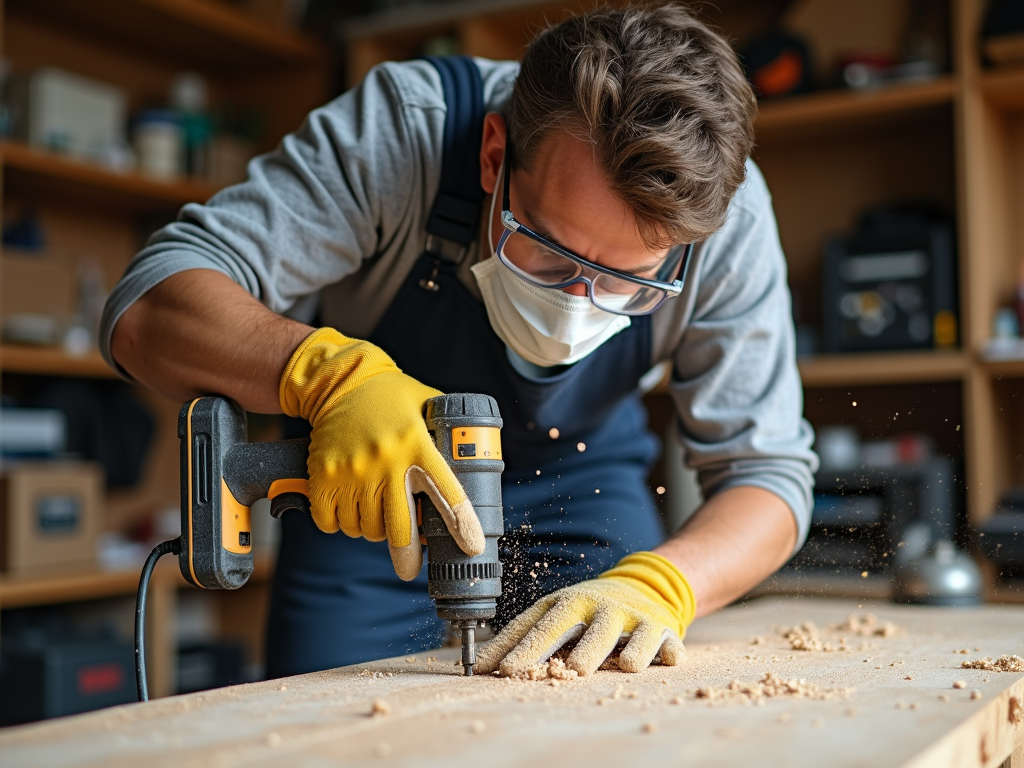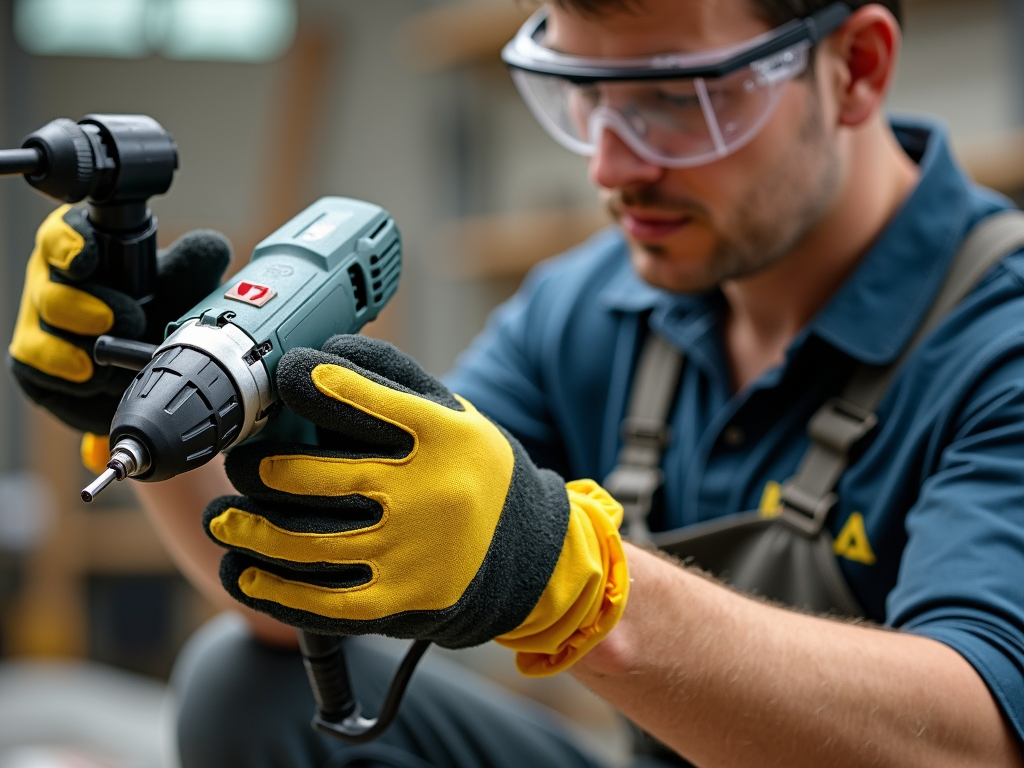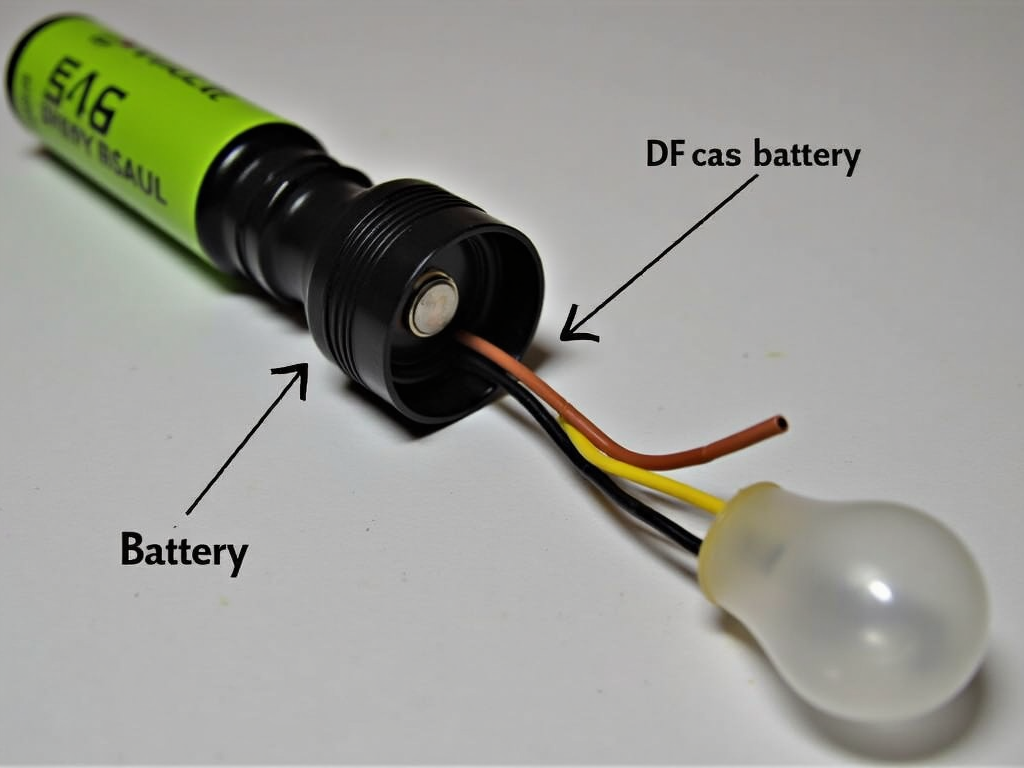A well-organized workshop saves time, boosts productivity, and keeps you safe. Whether you’re a professional or a hobbyist, knowing how to organize your workshop for maximum efficiency makes all the difference. This guide shares actionable tips to transform your space into a functional haven.
Plan Your Workshop Layout
Start with a solid plan for your workshop’s layout. A good setup reduces clutter and helps you work faster. Think about your space—how big is it, and what projects do you tackle? I once turned a cramped garage into a dream workshop by sketching a simple layout first.
Place your workbench in the center. Keep your most-used tools—like hammers or drills—close by. Store bigger items, like lumber or spare parts, along the walls. This setup cuts down on time spent searching for things.
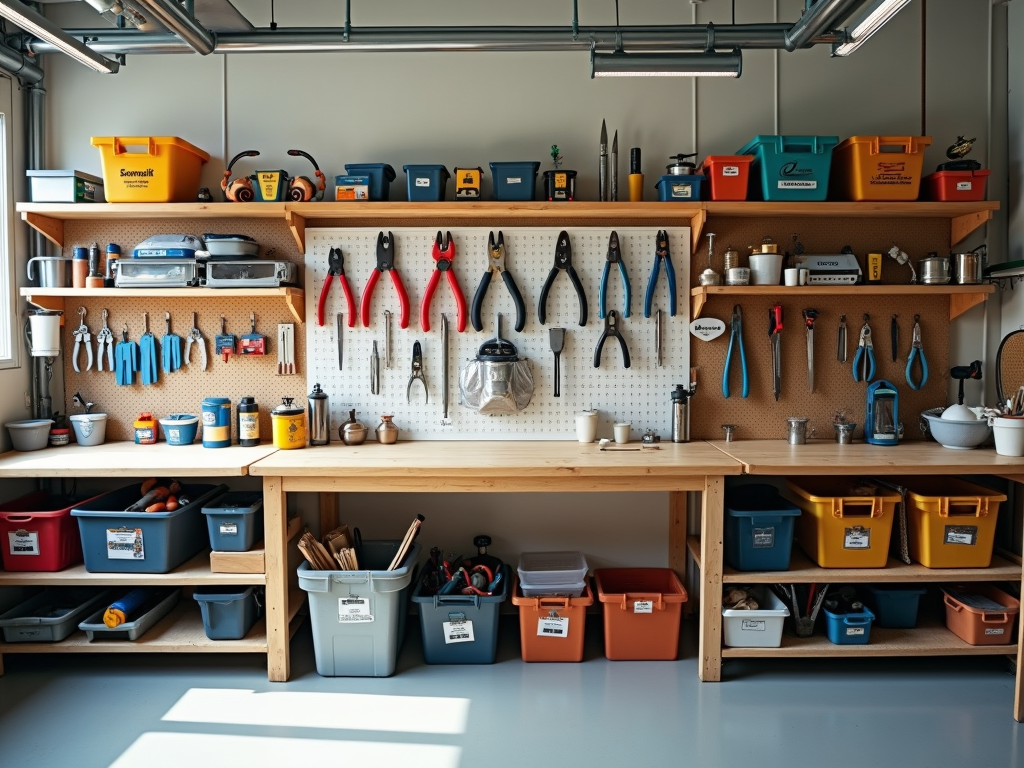
Label everything. I learned this the hard way after losing a wrench in a pile of tools. Use a label maker or even masking tape. It’s a small step that pays off every time you grab the right tool instantly.
Pick the Best Tools and Equipment
Your tools define your work. High-quality workman tools for professionals last longer and perform better. I’ve used cheap tools before—they broke mid-project, costing me time and money. Invest in reliable workshop equipment instead.
Here’s a quick list of essentials:
- Hand Tools: Screwdrivers, wrenches, and pliers. Get ones with solid grips.
- Power Tools: A cordless drill or jigsaw speeds things up.
- Storage Gear: Bins and boxes keep small parts handy.
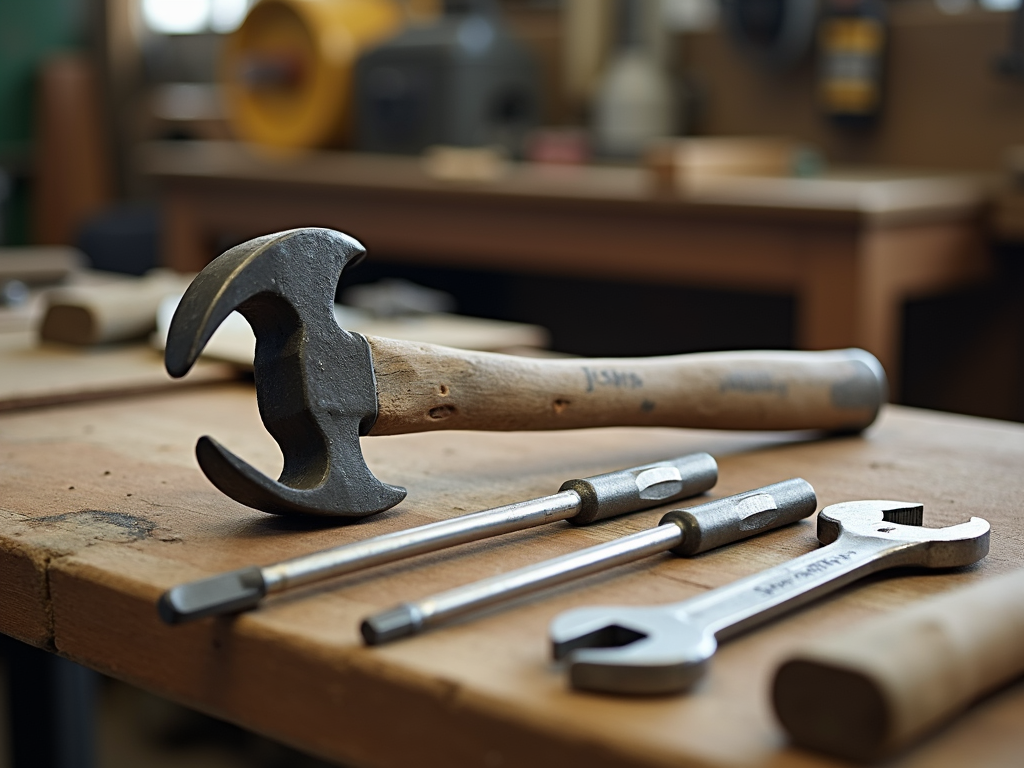
Don’t overbuy. I once filled a drawer with gadgets I never touched. Stick to tools you’ll use often, and match them to your projects. For woodworking, a sharp saw beats a dozen fancy gizmos.
Set Up Smart Storage
Good storage keeps your workshop flowing. Without it, tools pile up, and chaos takes over. I’ve tried every storage trick out there—here’s what works.
Use a pegboard for tools you grab daily. Hang your workman tools where you can see them. Cabinets work great for screws and nails—add labels so you don’t dig through mystery boxes.
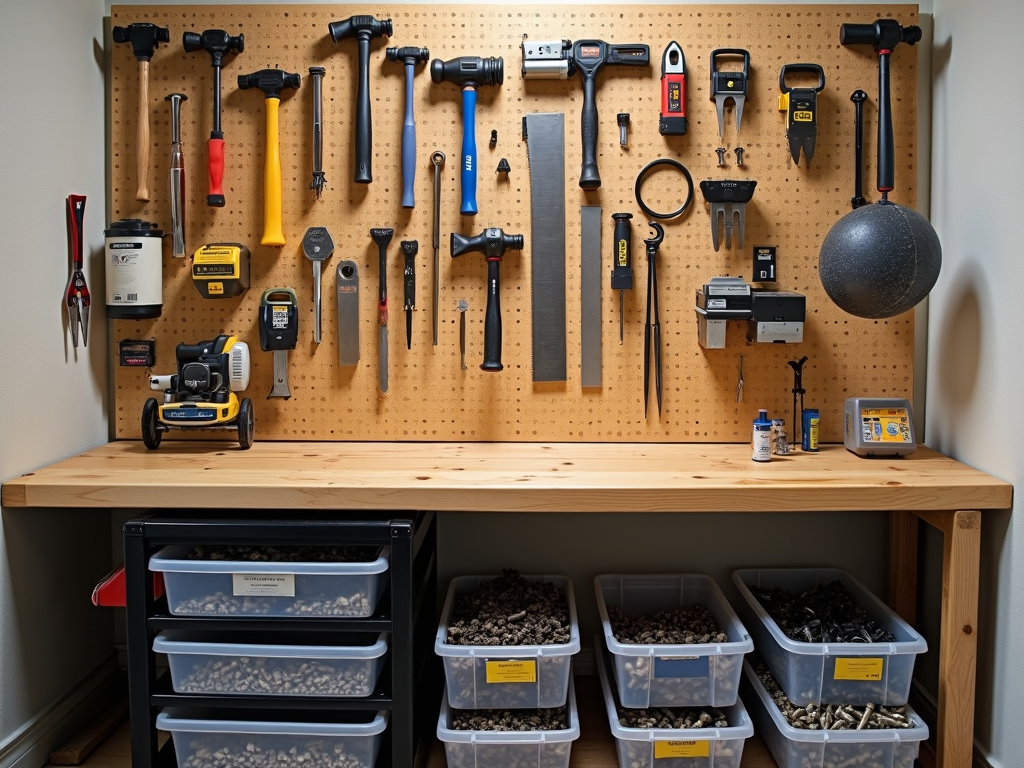
Shelves are perfect for heavy gear. I keep my paint cans and power tools up high, freeing floor space. Group similar items together—it’s faster to find a drill bit when all bits live in one spot.
Keep Safety First
A safe workshop is an efficient workshop. I’ve dodged a few close calls—like tripping over a cord—because I skipped safety basics. Don’t make that mistake.
Light it up. Good lighting stops you from missing a step or a tool. Keep walkways clear—sweep daily if you have to. The National Safety Council says most workshop injuries come from clutter.
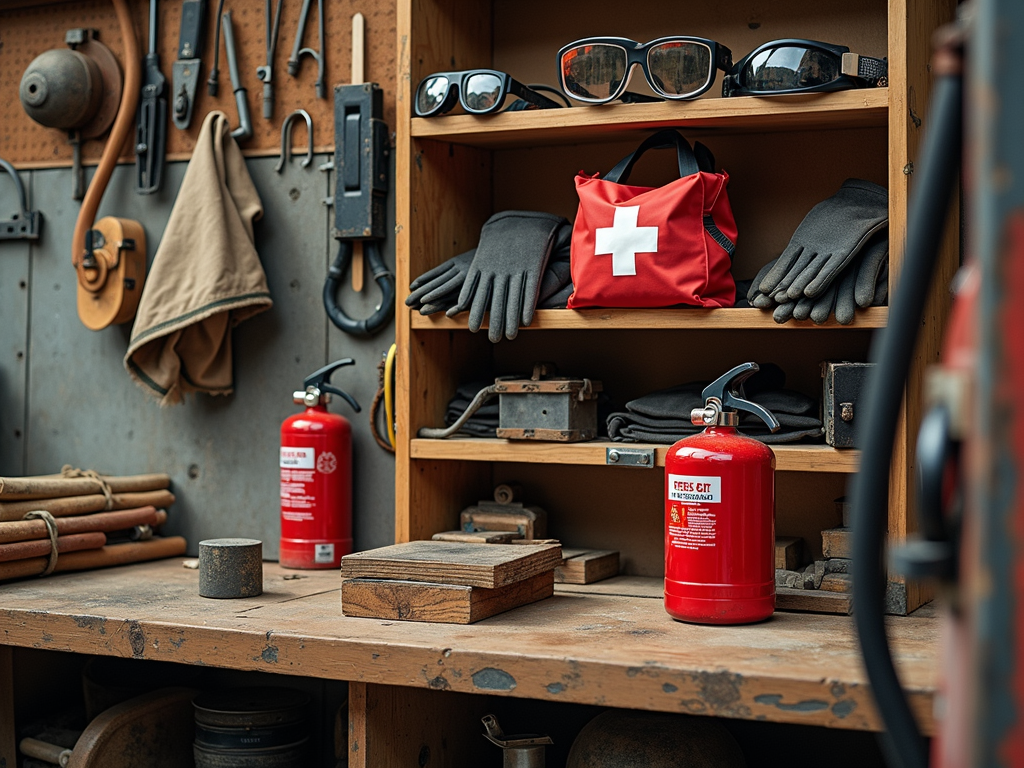
Wear safety gear every time. Goggles saved my eyes from a stray wood chip once. Keep a first-aid kit close—I’ve patched up more cuts than I’d like to admit.
Maintain Your Space and Tools
Maintenance keeps your workshop humming. Clean tools work better and last longer. I learned this after a rusty saw slowed me down on a deadline.
Wipe down tools after use. Oil hinges or sharpen blades monthly. A clean floor matters too—dust can gum up equipment fast.
Here’s a simple maintenance checklist:
| Task | Frequency |
|---|---|
| Clean tools | After use |
| Sharpen blades | Monthly |
| Sweep floor | Weekly |
| Check inventory | Quarterly |
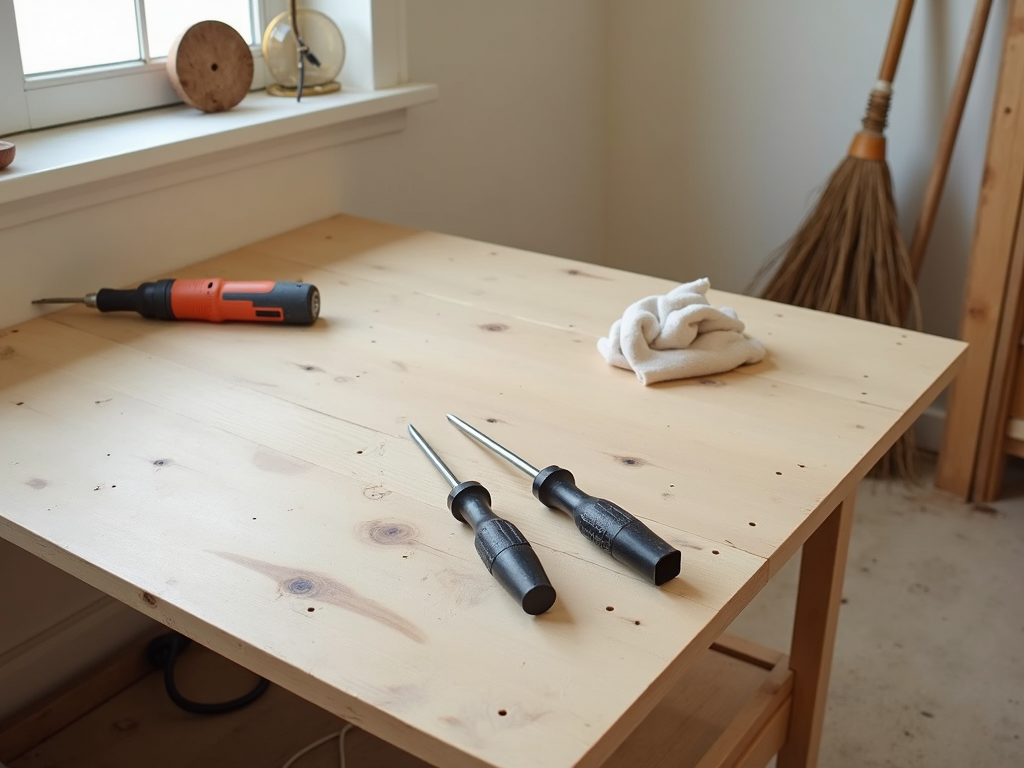
Check your stock every few months. Toss broken tools or donate extras. I gave away an old sander and gained room for something I actually use.
Wrap-Up
Organizing your workshop for maximum efficiency takes effort, but it’s worth it. A smart layout, high-quality workman tools, clever storage, safety habits, and regular upkeep create a space that works as hard as you do. Start small—try one tip today—and watch your productivity soar.
Related How to Organize Your Workshop for Maximum Efficiency:
- Tool Organization Tips for Painters: Boost Your Efficiency and Creativity
- Essential Tools for Every Workman's Toolbox: A Comprehensive Guide
- Best Power Tools for DIY Beginners
- Mastering Workshop Tool Maintenance: A Pro's Guide to Long-Lasting Gear
- Sustainable Practices in Modern Workshops
- Power Tools Safety Guidelines: A Comprehensive Guide
- Mastering Advanced Techniques for Professional Woodworkers
- Must-Have Safety Gear for DIY Projects: Stay Protected While You Create
- Healthy Habits for Hard-Working Tradespeople: Staying Safe and Comfortable on the Job
- Power Tools Maintenance Tips: Keep Your Gear in Top Shape
- Understanding Electrical Circuits: A Beginner's Guide
- The Importance of Tool Safety
